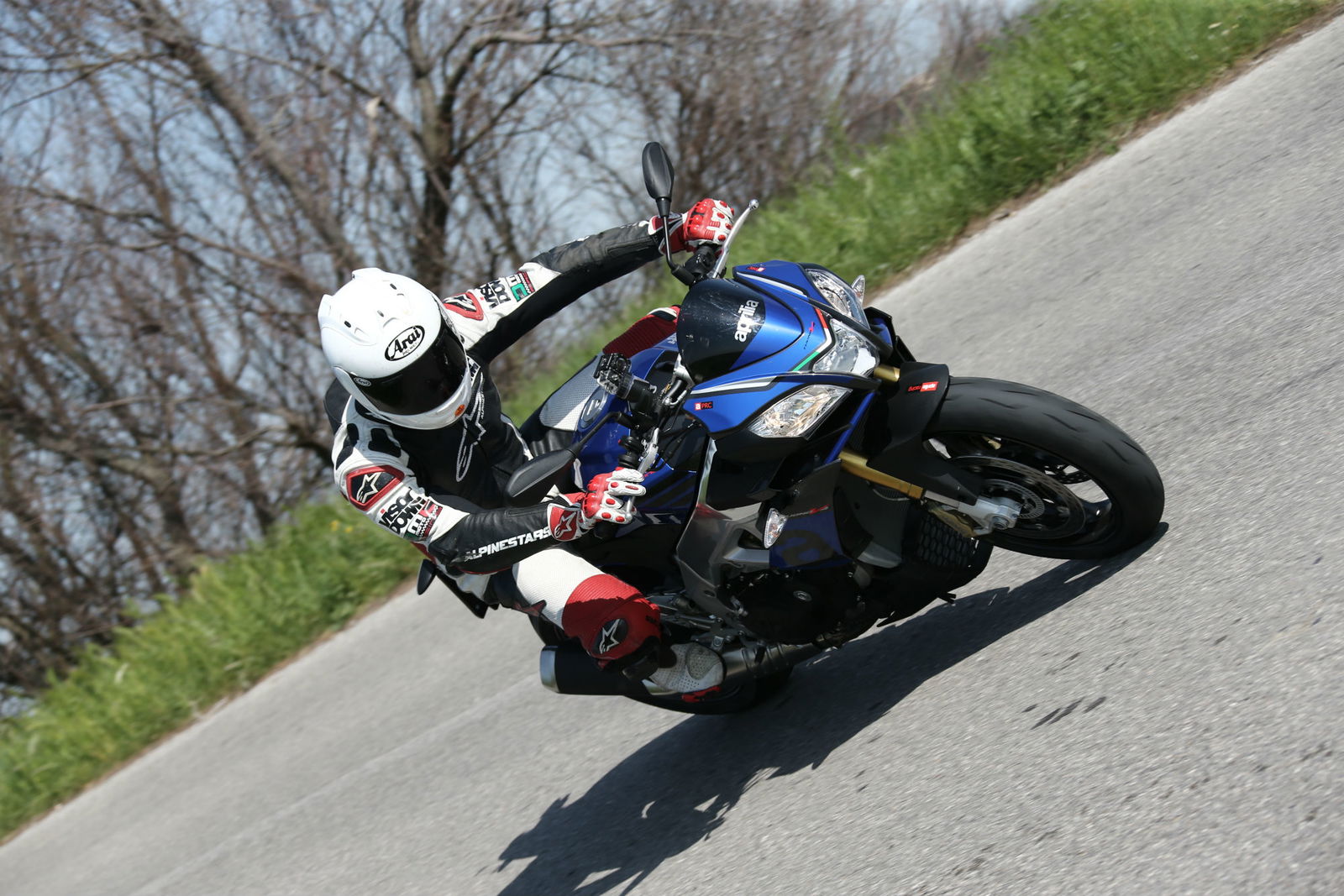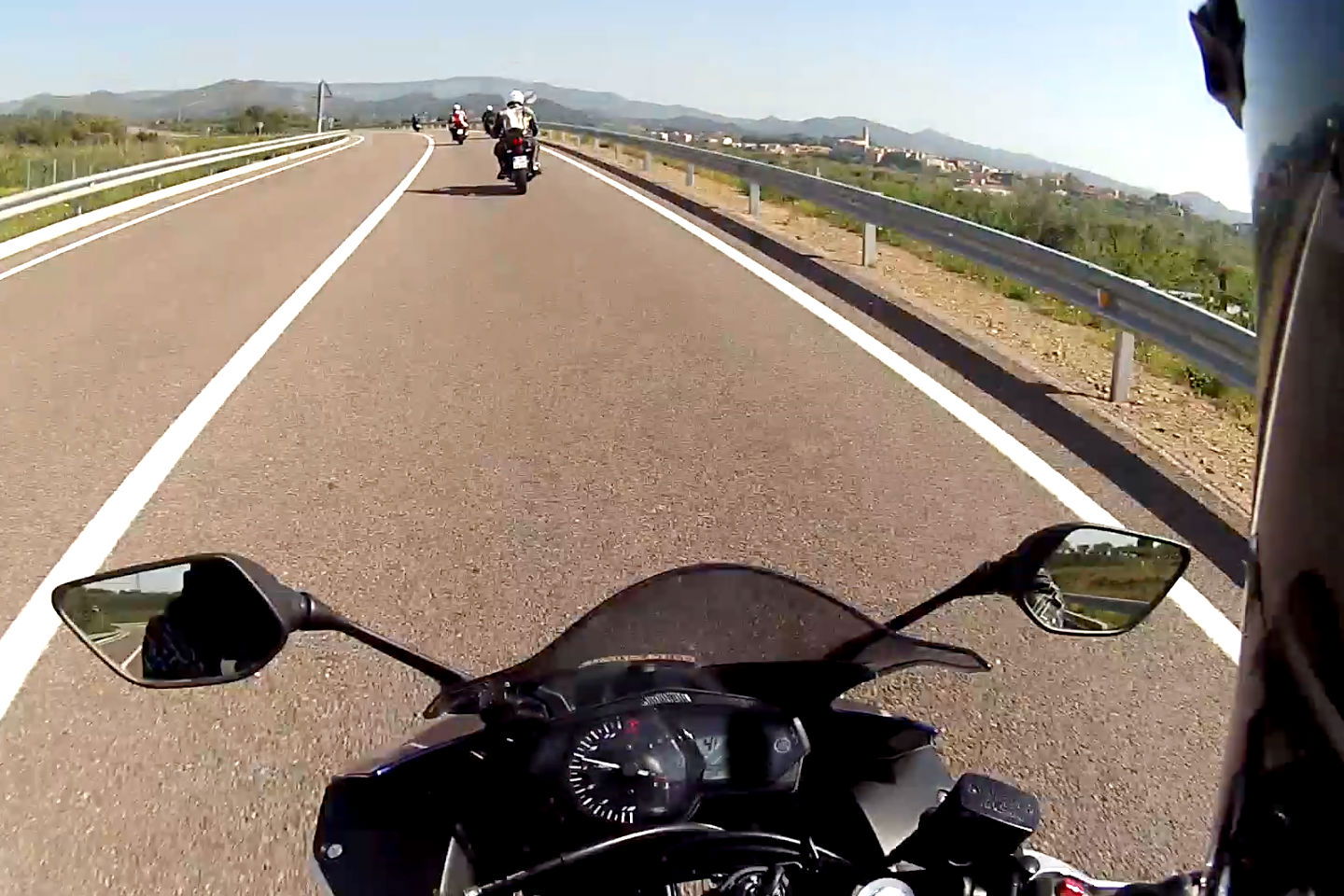First ride: BMW R1200RS review
There are better town bikes, touring bikes and sports bikes, but you’d have to buy one of each to beat the RS


A READER of this website summed up the appeal of a good sports-tourer pretty well with his comment that, “There are better town bikes, better touring bikes and better sports bikes but you’d have to buy one of each to beat an RS.” The guy was writing about this latest model’s predecessor, the R1150RS. But that elusive combination of pace, poise and comfort is what BMW is trying to achieve in bringing back the RS initials, this time with the benefit of the firm’s liquid-cooled boxer engine.
The R1200RS was part of a joint project for BMW, because it’s essentially the recently released naked R1200R with the addition of a half-fairing. Or, alternatively, the R1200R is the RS without its fairing, because the two bikes were developed simultaneously. The engine is even more widely shared because it’s the 1170cc, dohc unit that is also used by the R1200GS and RT, and has identical 125hp maximum output although the RS follows the R-model by producing slightly more low-rev torque, due to its different airbox and silencer.
It also shares the naked model’s main chassis parts, including the tubular steel frame, Paralever single-sided rear end, and a pair of upside-down telescopic forks in place of the old R1150RS’s Telelever set-up. Like the R1200R, it also comes with advanced electronics including multiple engine modes, optional Dynamic ESA electronic suspension, quick-shifter, traction control and plenty more.
Also like the R1200R, it’s available in three models, of which the most expensive is almost certain to be the most popular. Alongside the standard RS, which comes with two riding modes, ABS and basic ASC traction control, is a Sport model that has the more refined DTC traction control, and adds two extra riding modes, quick-shifter, heated grips, running light, tyre pressure warning and LED indicators. The top-spec R1200RS Sport SE adds Dynamic ESA, cruise control, centre-stand, chrome exhaust, luggage rack and the wiring for GPS.
All three models share the sharply shaped half-fairing, which incorporates a smallish screen that can be manually adjusted between two positions, by pulling up or pushing down to rotate it on a couple of metal arms. The handlebar is a sort of upside-down W and is almost flat, so the riding position is quite sporty. But it’s far from a race-replica crouch, and the moderately rearset footrests give a respectable amount of legroom.
There’s a fruity crack to the exhaust note, and after leaving the launch hotel at Mojácar on the southern Spanish coast the RS didn’t take long to show that it’s quick enough to live up to those initials. The liquid-cooled dohc boxer lump is a torquey and smooth-revving engine, with enough instant urge to give a kick in the back, and a smooth, rev-happy feel that gave plenty of encouragement to get the analogue speedo’s needle moving round the dial.
As standard the RS comes with two riding modes, Road and a softer Rain, but the launch bikes were mostly Sport and Sport SE models, so fitted with the Pro option that adds a sharper Dynamic plus a programmable Custom mode. As with the R1200R, I found that there wasn’t much difference between the main two modes, and that Dynamic was sufficiently smooth that I’d have been quite happy to stick with that, and struggled to tell which mode I was in without looking.
Those bikes were also fitted with the Gear Shift Assistant Pro quick-shifter, which works in both directions and I thought was well worthwhile. The change from first to second was occasionally slightly jerky, especially when I changed up early (when it was better to use the clutch), but most of the time it was great to be able to flick smoothly and effortlessly through the box with a tap of my left boot; and also to make clutchless down-shifts, with the bike adding a well-timed and tuneful blip of throttle.

